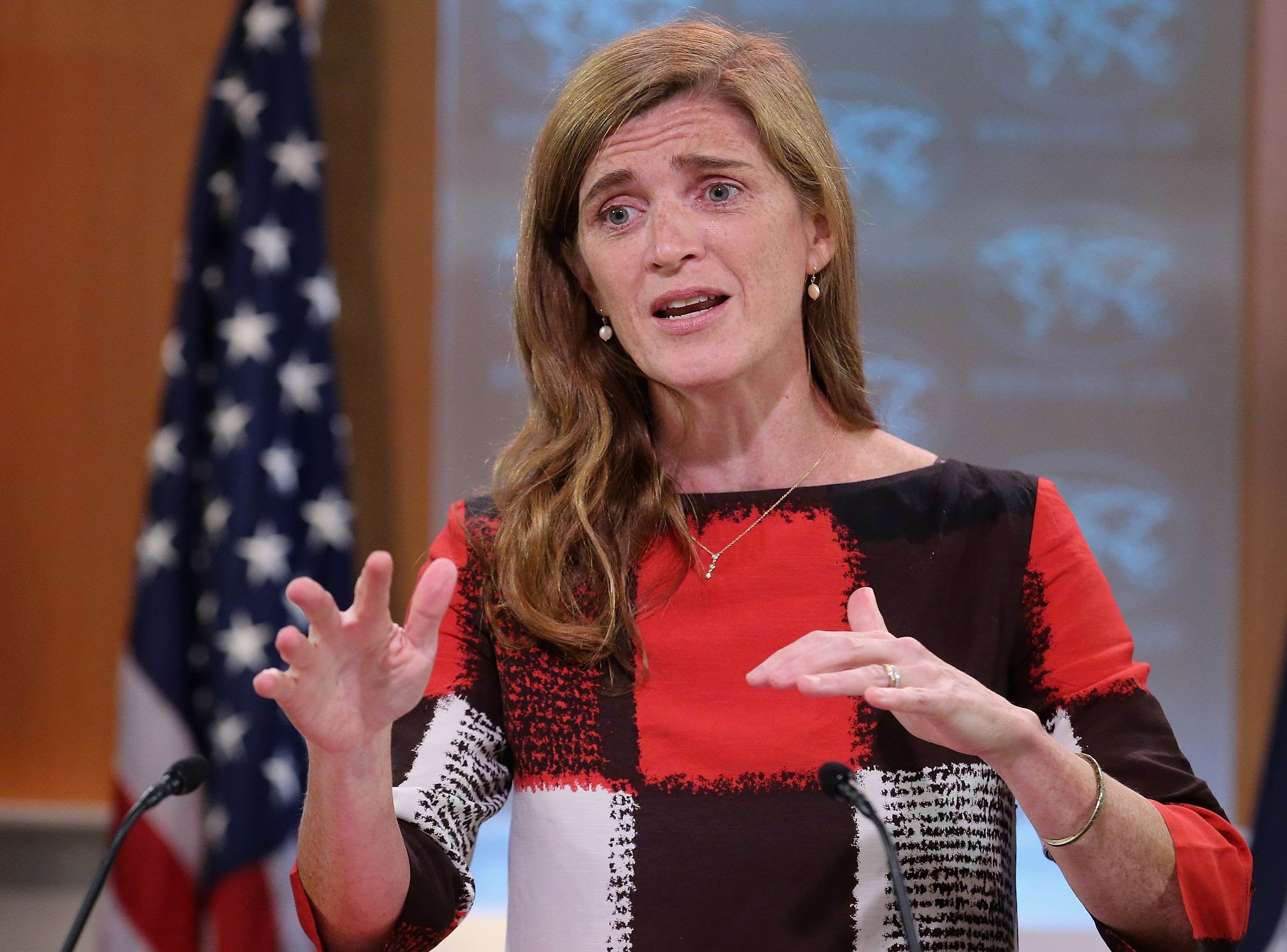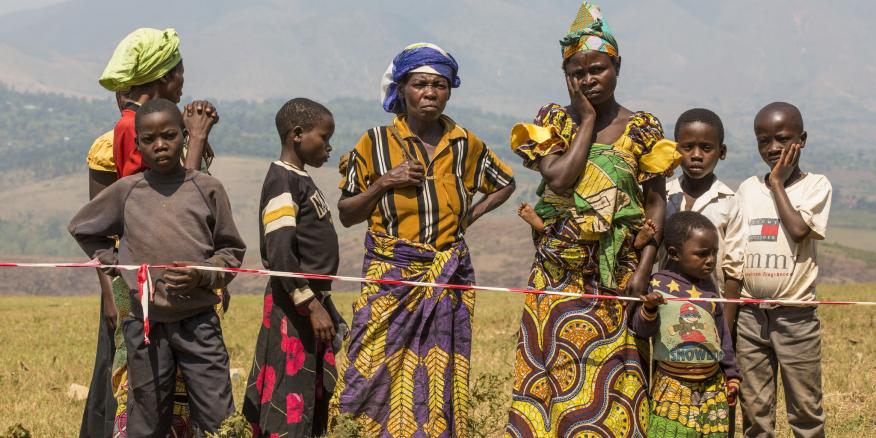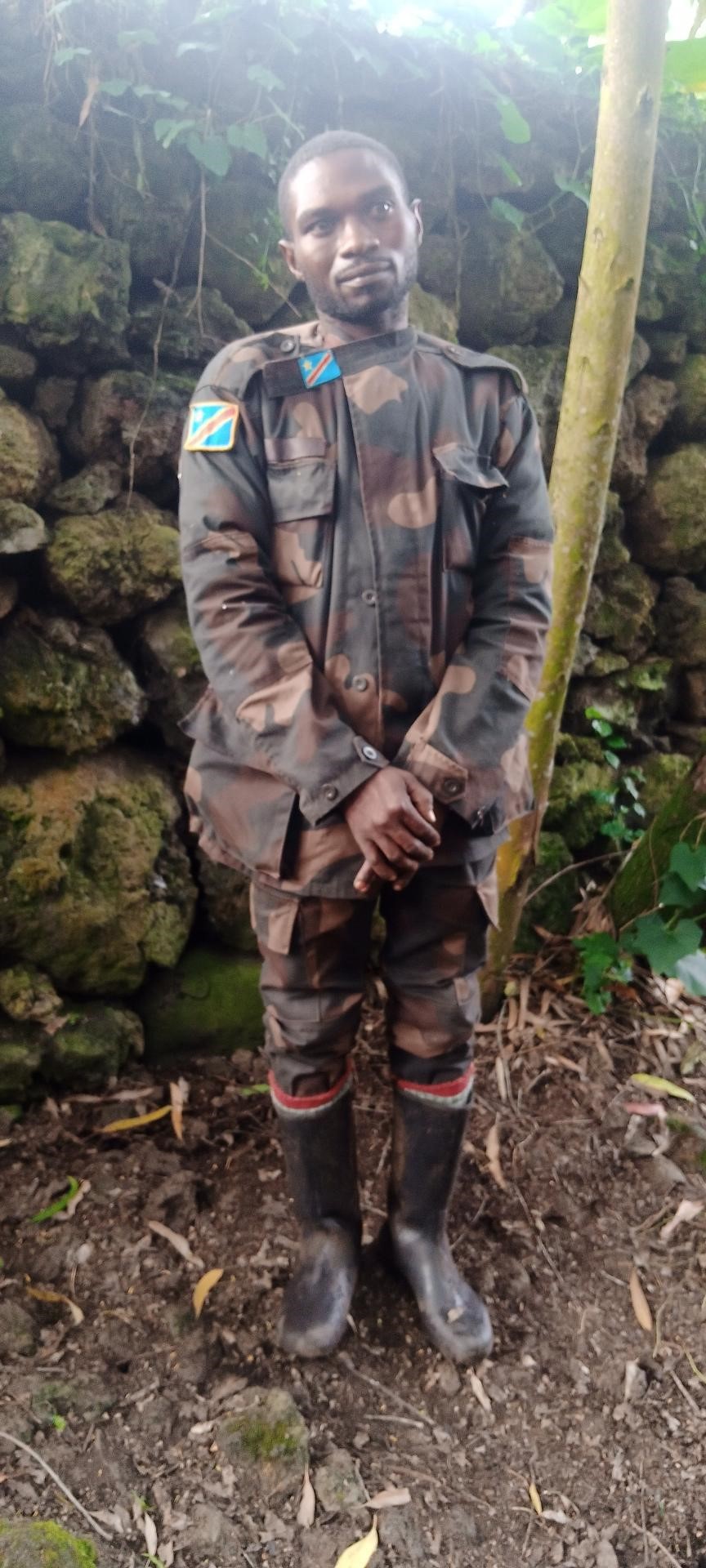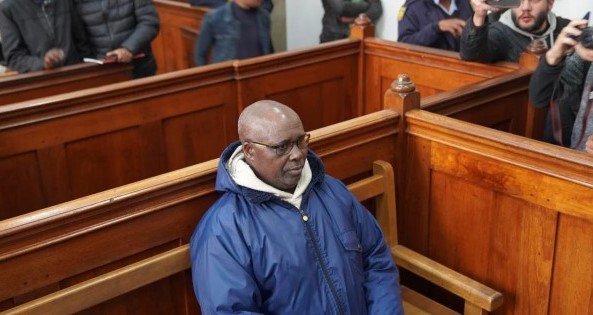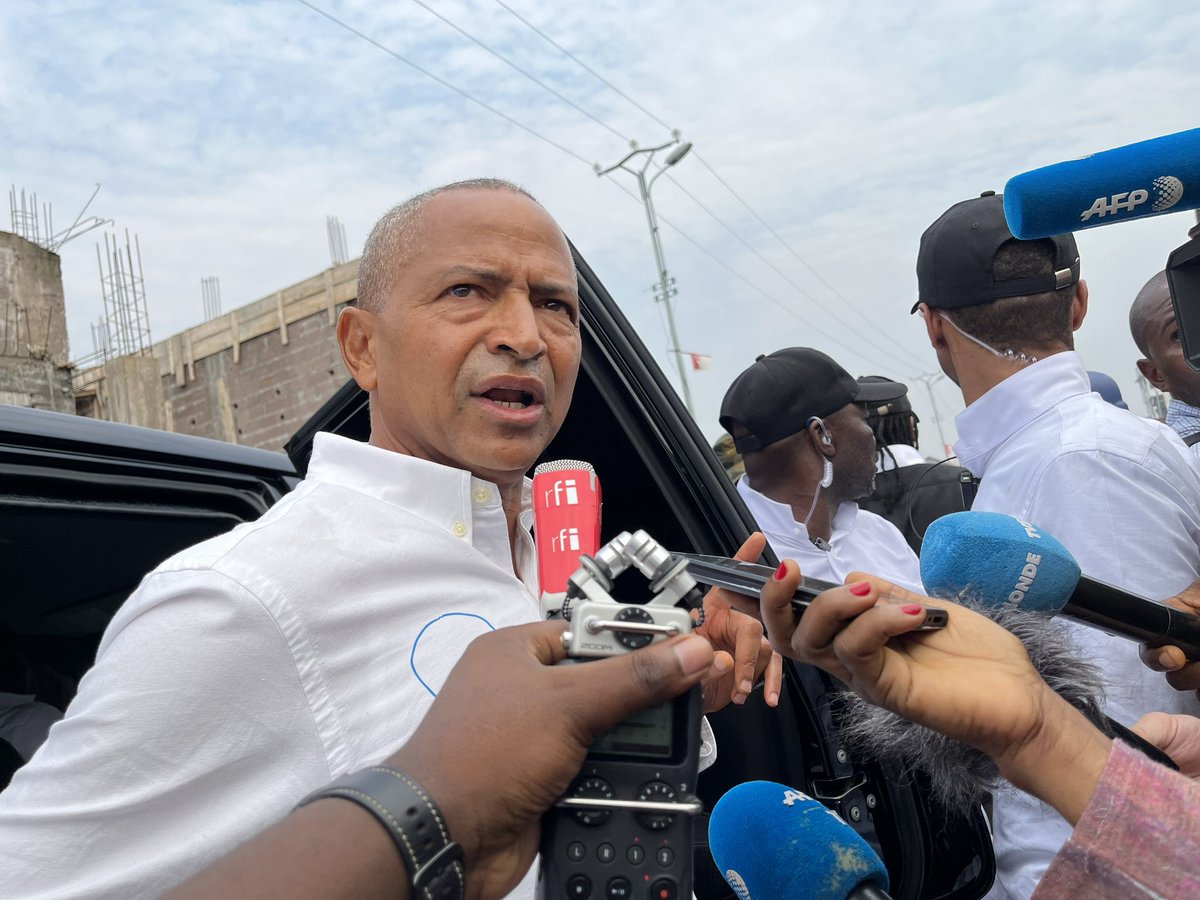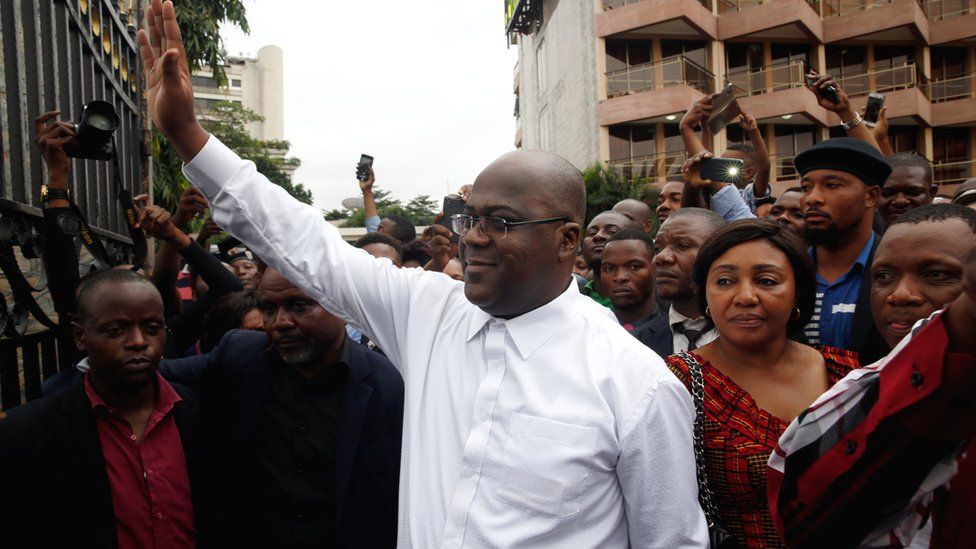Regional
Rwanda’s path to reconciliation is one of a kind, exemplary
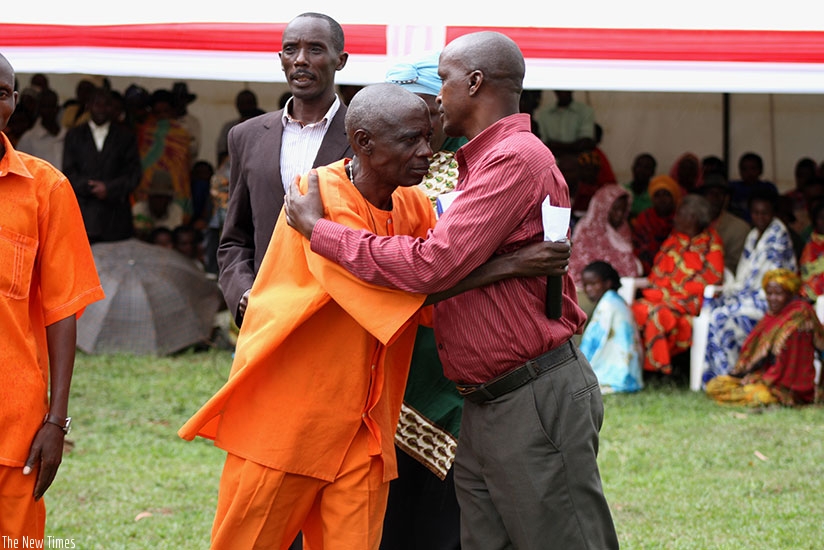
After the end of the 1994 genocide against
the Tutsi in Rwanda, many people wondered how the survivors were going to live
with the people who murdered their loved ones in the same neighborhoods.
Over one million Rwandans were killed by
their neighbors, in three months, and it was very possible that the Tutsi
community would take revenge.
But the new RPF-led government was determined
to bring about unity and reconciliation and, therefore, asked the survivors to
forgive. Anger and vengeance would not
bring back any life lost but only destroy an already devastated nation.
Speaking in New York in October 2018, Rwandan
President Paul Kagame said that there was a huge puzzle after the genocide.
“You can’t lose one million people in 100
days without an equal number of perpetrators.
But we also can’t imprison an entire nation. So, forgiveness was the only path forward.”
Despite the survivors’ scars and all the
challenges Rwanda was facing after the genocide, the country created its
one-of-a-kind road to reconciliation.
In 1999, the Rwandan government established the
National Unity and Reconciliation Commission (NURC) to help Rwandan citizens
embrace unity for Rwanda’s future.
Obviously, at the time, there were open
social conflicts between perpetrators and survivors. To break that hostility, the
Commission established policies and strategies to foster unity and social cohesion
among Rwandans and ensure that they are treated equally regardless of
individual differences.
A number of programs were initiated including
promoting Rwandan identity and putting national interests first, combating
genocide ideology, healing one another’s physical and psychological wounds, creating
a nation governed by the rule of law and respect of human rights, combating
divisionism and discrimination, promoting interdependence and synergy in
nation-building, commemorating the genocide committed against the Tutsi with
the aim of ensuring that it never happens again, and, lastly, striving for
self-determination and a passion for work.
These programs helped the Rwandan community
to replace anger and hate with unity and reconciliation.
According to the 2020 Rwanda Reconciliation
Barometer (RRB), the status of reconciliation in Rwanda stood at 94.7 percent,
up from 92.5 percent in 2015 and 82.3 percent in 2010. Tolerance and
interactions among Rwandans stood at 96.9 percent up from 96.2 percent in 2015.
Rwandans who view themselves as Rwandans
first before anything else (ethnic lines) increased from 95.6 percent in 2015
to 98.2 percent in 2020. The assessment found out that the number of Rwandans
who still sow genocide ideology and divisive politics had gone down, moving
from 31.5 percent in 2010 to 25.8 percent in 2015, and to 8.6 percent in 2020.
With regard to social cohesion, the level of
trust, positive interactions, and solidarity among Rwandans is rated at 97.1
percent in 2020 up from 96.1 percent in 2015.
Generally, there was substantial progress in
fostering peace, unity and reconciliation among Rwandans. To date, citizens in
all categories of ages embraced the Ndi
umunyarwanda program, which brought back the sense of a common identity,
common vision and the values that characterized Rwandans in the pre-colonial
era known as Ubunyarwanda; which symbolize,
among others, patriotism, hard work, dignity and sacrifice to the nation.
Rwandans are now willing to work together in community
development projects, businesses, and cooperatives, as well as in unity and
reconciliation clubs. There are intermarriages between survivors and relatives
of genocide perpetrators, a thing you would not find a few years after the 1994
genocide against the Tutsi.
Rwanda’s unique reconciliation process
contributed tremendously to the healing of the wounds of the Genocide. It built
a strong foundation for the togetherness of the Rwandan people towards a common
purpose, the development of the country.
In July 2021, the government made another
groundbreaking step towards reconciliation and created a new ministry, the Ministry
of National Unity and Civic Engagement (MINUBUMWE). It has the mission of
preserving historical memory, reinforcing national unity and promoting
citizenship education. The new ministry combined four institutions including
the NURC and the National Commission for the Fight against Genocide (CNLG), an
agency established in 2007 to prevent and fight against Genocide, its ideology
and overcoming its consequences.
However, even though a lot has been achieved,
there is still a long way to go. Young
generations (below 30), which make 65.3 percent of the Rwandan population were born
during, or after, the genocide. Many absorb misleading information about
Rwandan history through social media which is disseminated by genocidaires or
their offsprings.
It is important that MINUBUMWE invests more
effort in educating the youth on the importance of learning Rwanda’s true history,
reading books that narrate the true history of Genocide, visiting Genocide
memorial sites and attending different discussions so that they can be fully
equipped to counter genocide denial in order to ensure that genocide can never happen
again.


